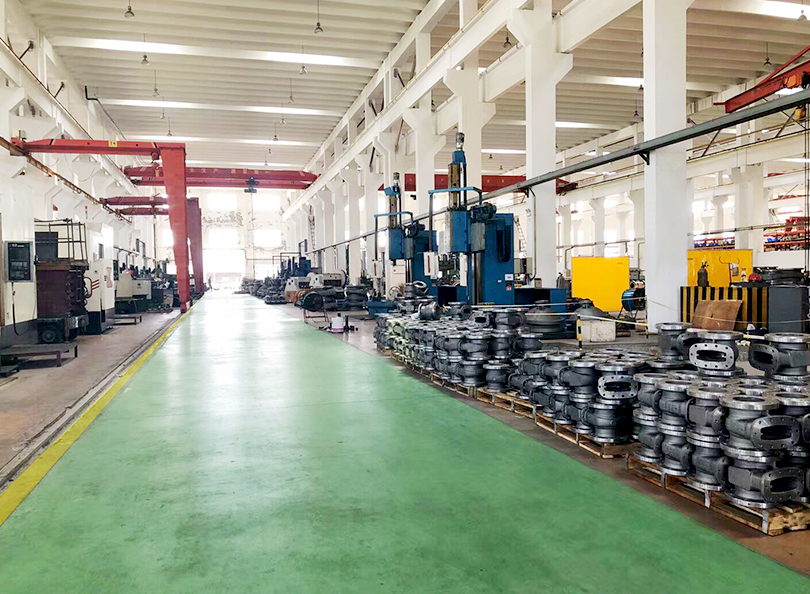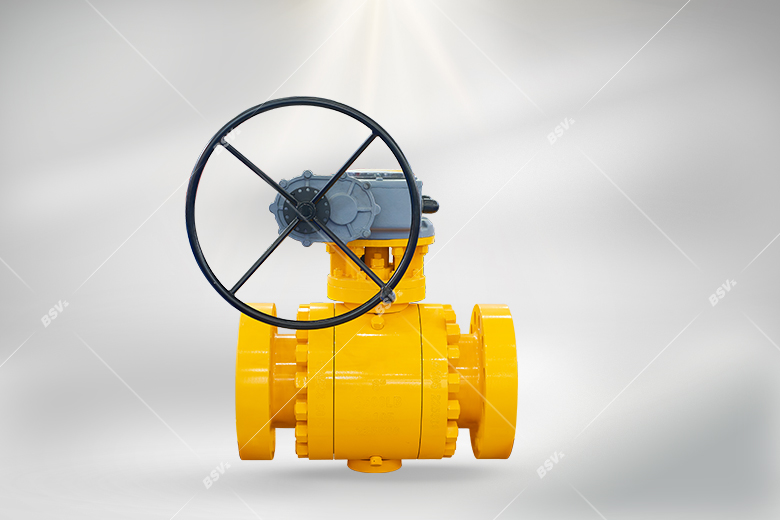Release time:2025-03-31Clicks:
Cast iron valves are a critical component in various industrial and commercial applications, providing reliable flow control for liquids, gases, and other substances. However, like any mechanical equipment, cast iron valves can experience issues over time due to wear, improper usage, or environmental factors. Understanding how to troubleshoot these problems is essential for maintaining operational efficiency and ensuring the longevity of your equipment.
In this article, we will explore the most common issues associated with cast iron valves and provide step-by-step troubleshooting techniques. Whether you’re a seasoned professional or a beginner, this guide by Lishui BSV Valves Supplier will help you identify and resolve common valve problems effectively.
Cast iron valves are known for their durability and cost-effectiveness, but they are not immune to challenges. Below are some of the most frequently encountered problems:
Each of these issues can disrupt operations and lead to downtime, making it crucial to address them promptly. Let’s delve into each issue and discuss troubleshooting steps.

Leakage is one of the most common problems in cast iron valves. It can occur for several reasons, including:
To address leakage, follow these steps:
Regular maintenance can help prevent leakage by identifying worn components before they fail.
Cast iron is prone to corrosion, especially when exposed to harsh environments or corrosive substances. Common causes include:
To mitigate corrosion, take the following steps:
Proactive measures, such as regular cleaning and the application of anti-corrosion treatments, can extend the lifespan of cast iron valves.
Sticking or jamming occurs when a valve fails to open or close properly. This issue can result from:
Here’s how to resolve sticking or jamming:
Preventive maintenance, such as regular cleaning and lubrication, can minimize the risk of sticking or jamming.

Over time, the internal components of a cast iron valve, such as seats, discs, and stems, can wear out due to:
To address wear and tear, follow these steps:
Regular inspections and timely replacement of worn components can prevent costly failures.
Improper sealing can lead to leakage and reduced efficiency. Common causes include:
To resolve sealing issues, take these steps:
Using high-quality seals and ensuring proper installation can minimize sealing problems.
Actuators and controls are essential for automated valve operation. Failure can occur due to:
To address actuator or control failure, follow these steps:
Routine maintenance and calibration can help prevent actuator failures and ensure reliable operation.
Cast iron valves are a vital part of many systems, but they require regular maintenance and troubleshooting to perform optimally. By understanding the common issues and their causes, you can take proactive measures to address problems and extend the lifespan of your valves.
At Lishui BSV Valves Supplier, we provide high-quality cast iron valves and expert guidance to help you maintain your equipment. Whether you need replacement parts, technical support, or advice on valve selection, our team is here to assist you.
By following the troubleshooting steps outlined in this article, you can ensure the reliability and efficiency of your cast iron valves, minimizing downtime and maximizing productivity.
For more information or to explore our range of cast iron valves, contact Lishui BSV Valves Supplier today. Let us help you keep your operations running smoothly!
Tags:Globe Valve,Globe Valve,Forged valves,Cast steel valves supplier